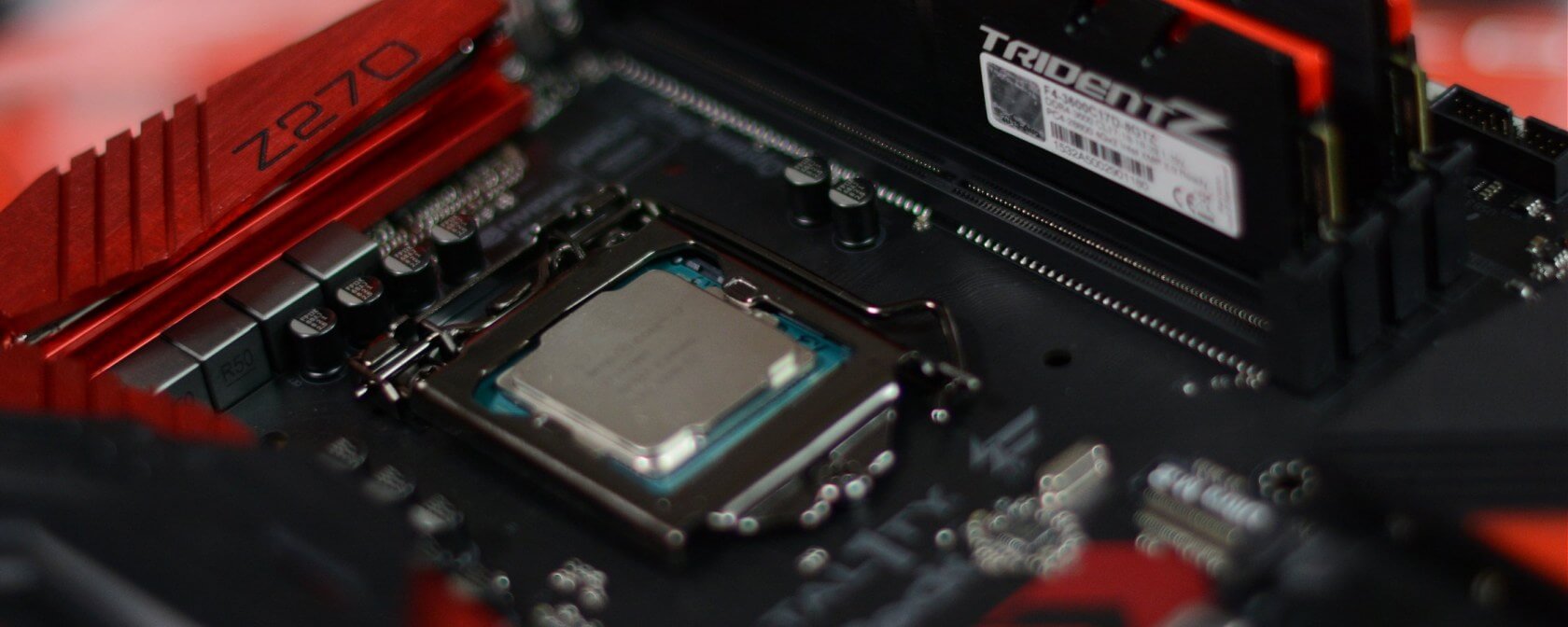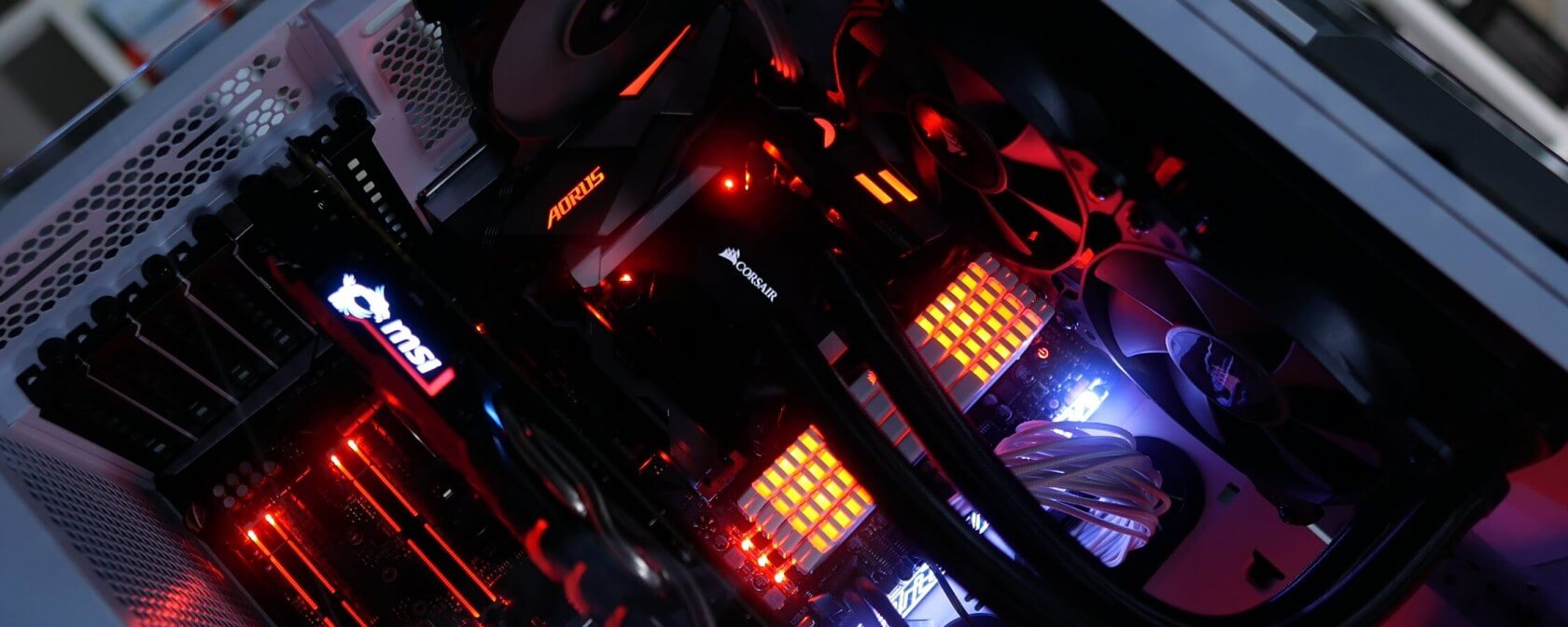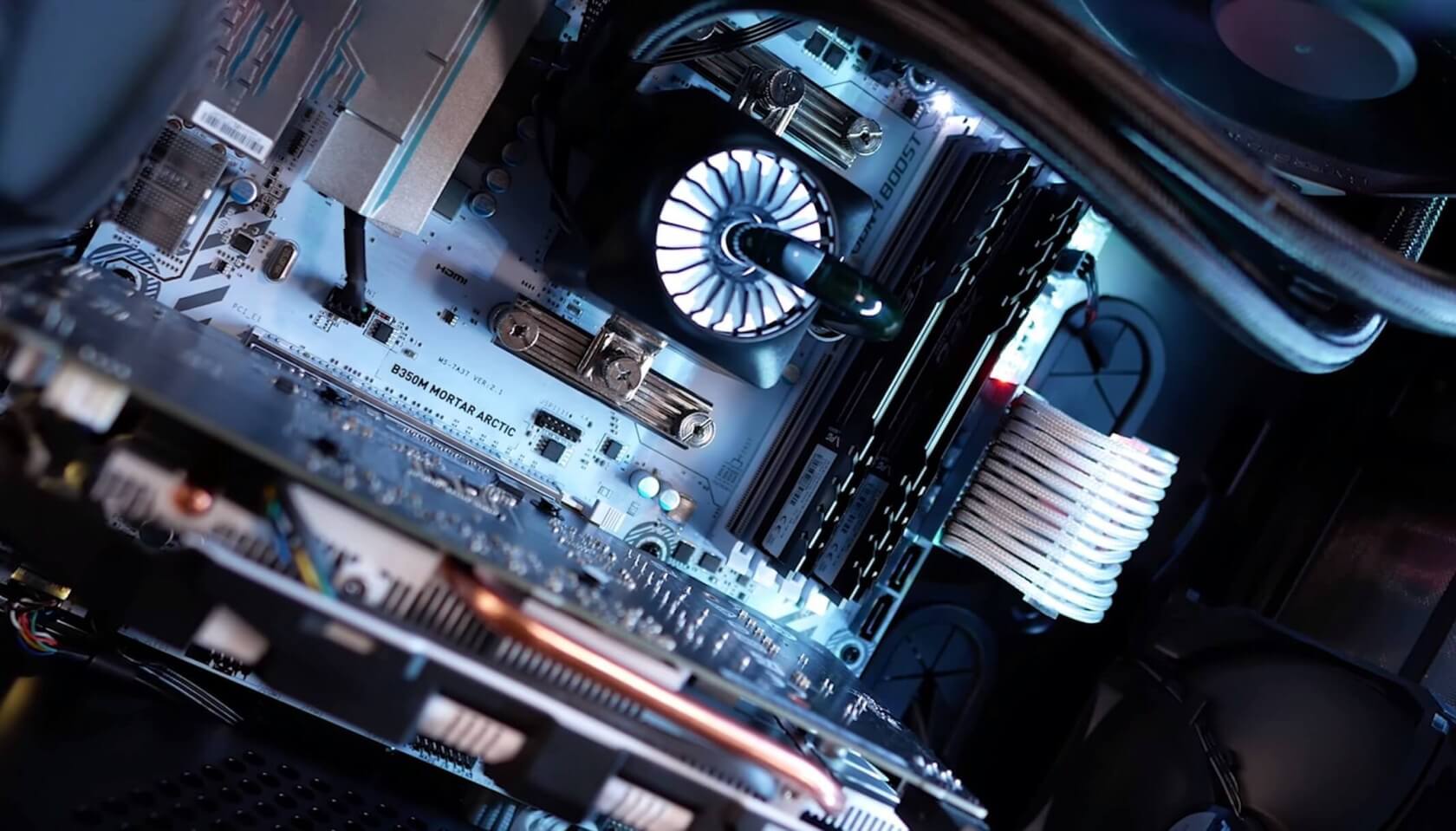
Here are some thoughts I’ve been wanting to scratch ever since AMD released their Raven Ridge APUs. It's also something many of you have been asking me to grill AMD over for a few months now, but I’m going to go a different way with it.
A little back story first... AMD released Ryzen on the new AM4 platform back in March 2017 and over the course of the year released over a dozen new CPUs using the AM4 socket. For this first generation Ryzen CPUs we got the A320, B350 and X370 chipsets. In that same year, Intel released two new mainstream desktop processor series: first the 7th generation Core series codenamed 'Kaby Lake' and with it fifteen desktop parts prices ranged from $40 to $340.
Then less than nine months later, Intel released their 8th generation Core series codenamed 'Coffee Lake' and we now have fourteen new standard power desktop parts, priced between $40 and $360.
Why do I bring this up? Well because these newer CPUs despite using the exact same LGA 1151 socket are not in any way compatible. Although Intel could open up compatibility, they’ve deliberately blocked it and this means those wanting to move from say the Core i5-7600K to the Core i7-8700K will have to dump their motherboard in favor of a newer 300-series board.
Intel's historical standard dictates to continue compatibility for two generations and two generations only. For example, Sandy Bridge and Ivy Bridge, the 2nd and 3rd generation Core series, are compatible. Then the 4th and 5th generations codenamed Haswell and Broadwell are compatible, and the 6th and 7th generations codenamed Skylake and Kaby Lake are compatible.
Intel's historical standard dictates to continue compatibility for two generations and two generations only.
This issue has been somewhat lessened by the fact that Intel’s offered small incremental improvements from one generation to the next. So it wasn’t until the 6th and 7th generations came along that those with 2nd and 3rd gen parts, started to feel the need to upgrade.
An issue faced when continuing support by carrying over compatibility to a new generation is supporting those new CPUs on previous generation motherboards. For example, if you purchased a 6th generation Core i3-6100 in late 2015, but in early 2017 decided that you wanted to upgrade to a 7th gen Core i5-7600K, you’d first need to ensure that your motherboard was up to date before installing the new CPU.

Installing the new CPU without the required BIOS would see the system fail to POST, otherwise known as power-on self-test. This is because the motherboard doesn’t recognize the (newer) installed CPU.
Motherboard makers are generally fast to add support and often the required BIOS is available for download ahead of the actual CPU release, so it’s not a big deal. However if you bought a Z170 motherboard, which was designed for the 6th gen Core series, but if you bought that board with a 7th gen processor it might not work out of the box and that leaves the consumer in a bit of a pickle.
Helping to avoid this scenario Intel always releases a slew of new chipsets, so it’s unlikely anyone would purchase a previous generation motherboard with a new CPU, but it does still happen from time to time. People who run into this issue will need to take their new hardware to a local PC store and hopefully they can update the board, otherwise it would need to be sent back to the retailer and replaced.
Intel does always goes one step further to minimize this issue by eliminating compatibility entirely and starting a fresh every second generation. This simplifies things for Intel, makes them considerably more money in chipset sales and can help avoid headaches for consumers. That said, the consumer is ultimately worse off with this approach, particularly enthusiasts who are on a budget.
No doubt most of you would prefer to have the option to update your 100 or 200-series Intel motherboard to support a 'Coffee Lake' CPU, rather than having to get rid of it and be forced to spend $100+ on a new Z370 board.

So, let's rewind to the start... AMD released Ryzen on the AM4 platform in 2017 and at the time announced that they plan to keep compatibility until at least 2020.
That means multiple generations of processors will be supported on the same socket, not just the refreshes. This is a big deal and while we’ve now seen than the 2nd-gen Ryzen CPUs work perfectly fine on the A320, B350 and X370 motherboards, this should also be true for the Zen2 processors slated for release in 2019.
Although AMD will continue to release new chipsets, they aren’t mandatory, and this means that B350 motherboard you bought last year for $70 will be sticking around for sometime to come. If you purchased the MSI B350 Mortar when it was first released, for example, it would have shipped with an early BIOS version, probably version 1.0 or 1.1.
...while we’ve now seen than the 2nd-gen Ryzen CPUs work perfectly fine on the A320, B350 and X370 motherboards, this should also be true for the Zen2 processors slated for release in 2019.
But if you wanted to use the B350 Mortar with a Raven Ridge APU you’d need to make sure it was updated with BIOS version 7A37v1B which was released two weeks ahead of the APU launch. If you bought this motherboard featuring an earlier BIOS revision with a new APU, it wouldn’t have worked.
Since AMD didn’t release a new chipset alongside the APUs and maintained support for existing 300-series chipsets, most purchased a B350 board and many of them were from older stock that shipped before the supporting BIOS update was developed.
AMD copped a heap of flak over this, so much so that they had to invest time and money developing a program that would help customers update their motherboards by sending them a cheap AM4 CPU which could be used to boot up the system and update the BIOS.
In hindsight, it would have been easier for them to do what they’d done previously with their APUs. That is, to segment product lines and offer their APUs on a different socket with different chipsets. That approach would have been less of a headache for AMD, but far less convenient for consumers and I for one am very thankful they didn’t take that approach.
The issue resurfaced with the release of 2nd-gen Ryzen, as people started trying to pair them with B350 motherboards that hadn’t been updated, and once again AMD has taken flak for something they’re doing that really benefits consumers.
It’s impossible for AMD to add support right now for CPUs they’re going to release in the future. Intel hasn’t developed a time machine to get around this issue either.
It’s impossible for AMD to add support right now for CPUs they’re going to release in the future. Intel hasn’t developed a time machine to get around this issue either. The only solution is to axe support after a certain period of time and start a fresh and this is the approach Intel has gone with.
We don’t want AMD to take this same approach though. There will be a point in time when upgrading will be necessary to support new features and memory technologies, but until that time comes, I’d rather not see compatibility removed just so these companies can juice more out of you. I bet there's plenty of H110, H170 and Z170 owners that would love to stick a 'Coffee Lake' CPU on their perfectly good motherboard.
If AMD keeps receiving backlash for continuing support then I feel this is something they might abandon after 2020 and instead adopt a compatibility cycle similar to Intel's: hitting reset every couple of generations and forcing you to invest in a new platform that might not offer anything new beyond CPU support.

As I’ve said, a lot of people have been attacking AMD over the BIOS update issue, but this isn’t a situation where AMD has handled things poorly, leading to problems. There is nothing AMD can do to prevent this. If we want to see compatibility remain, when new CPUs come out motherboards need to be updated to support them, this has always been the case for both AMD and Intel.
AMD can keep offering boot kits, but there are other solutions, and they need to come from the motherboard makers. Asus has come up with one such solution called “USB BIOS Flashback”. For this method, all you need is the 24-pin power cable connected to the motherboard and a USB stick with the required BIOS. Simply plug the USB storage device into the motherboard’s USB BIOS Flashback port, then press and hold the USB BIOS Flashback or ROG Connect button for three seconds. At this point an LED begins to blink, you just need to sit back and wait till the LED stops blinking and that indicates that the BIOS has been updated and you’re good to go.
Unfortunately Asus only offers this feature on their most premium boards and none of their B350 models support it. Perhaps this is something AMD could work on with their board partners to make a standard Ryzen feature.
I understand this is a frustrating issue. Those of us who build their own PCs choose to take on the role of the technician and updating BIOS is all part of the job. If you don’t want to deal with this sort of stuff, buy custom built systems from your local PC store, you’ll pay more but at least support will be part of the equation.
That’s going to do it for this one. The issue has been annoying me because while I get the frustration, the alternative is far worse. So I'd much rather have the inconvenience than having to buy a brand new motherboard when it's not really necessary. As always we’d love to hear your thoughts in the comments section below.
https://www.techspot.com/news/74440-why-amd-superior-compatibility-could-end-all-fault.html